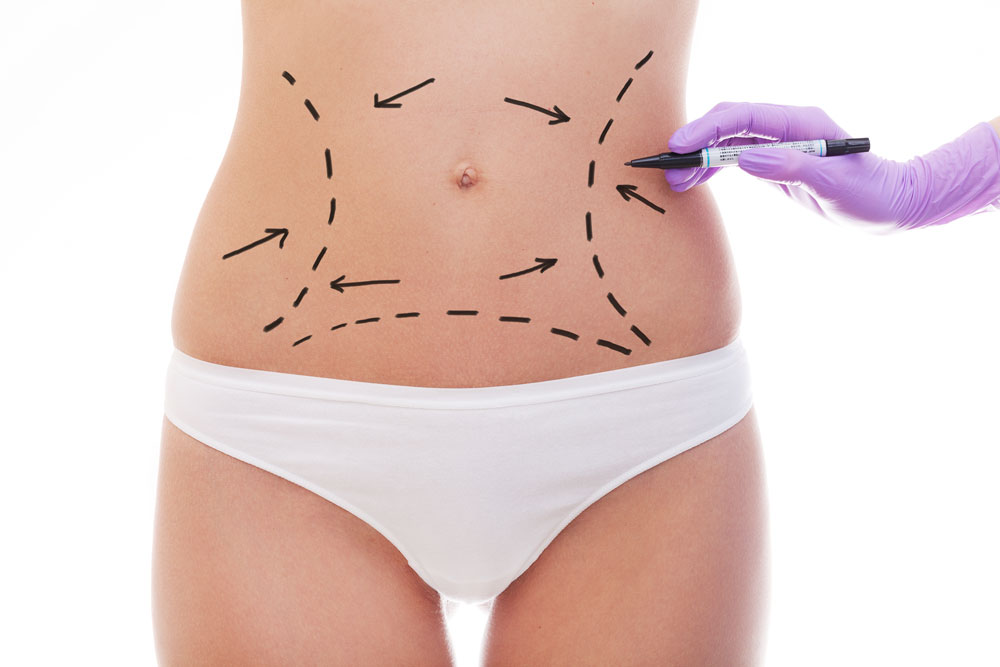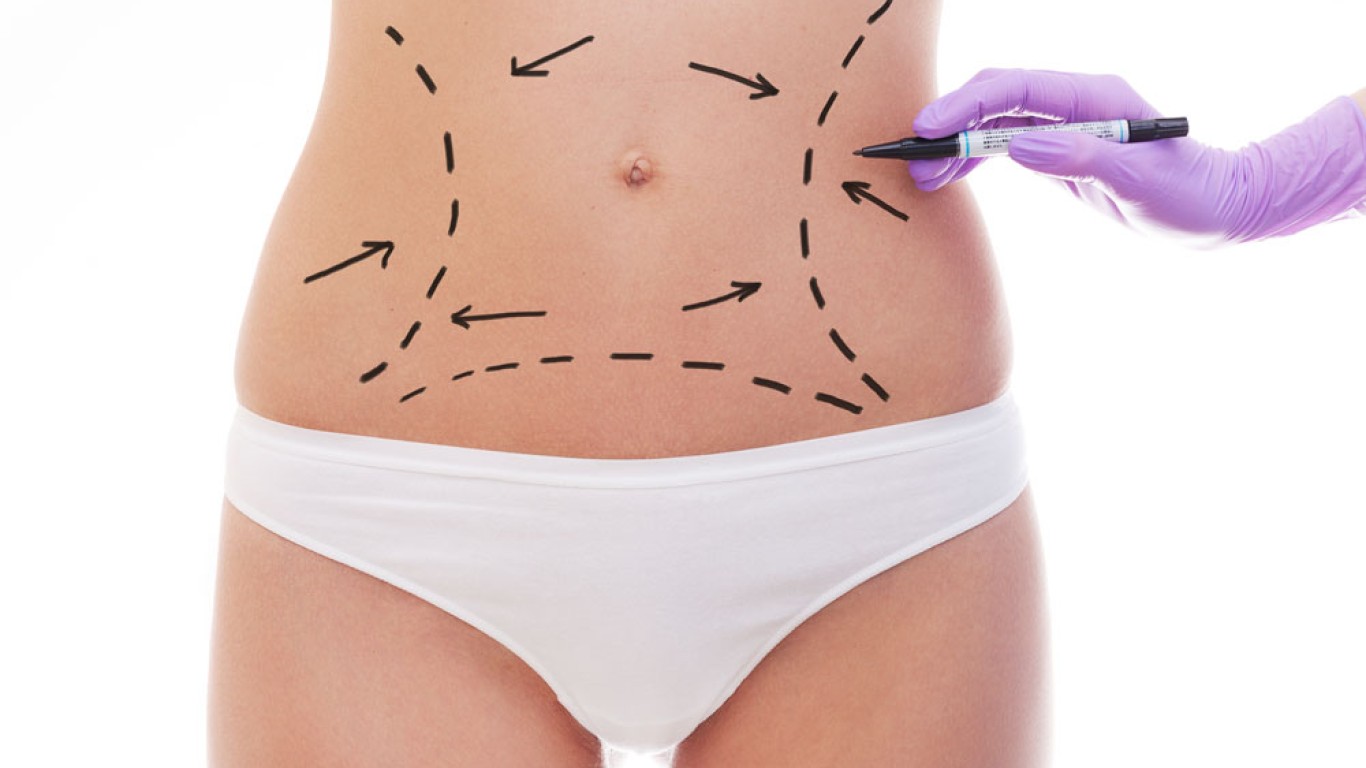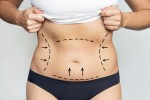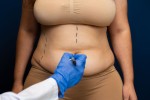Introduction
A panniculectomy after weight loss removes excess abdominal skin that remains after major size reduction. This large apron of skin, known as a pannus, persists even when weight is stable. Because the pannus can affect mobility and hygiene, many individuals choose panniculectomy to improve lower abdominal comfort and contour. This guide explains how the procedure works and why it is commonly chosen after weight loss. We also explore what to expect during recovery.
Why Excess Skin Remains After Weight Loss
After long periods of stretching, the skin may not retract fully once weight decreases. Collagen fibres lose elasticity and cannot return to their original shape. Additionally, deeper connective tissues become less supportive. This leads to a persistent lower abdominal apron that hangs below the waist. A panniculectomy after weight loss removes this redundant skin and restores a smoother abdominal transition.
What Makes Panniculectomy Different From a Tummy Tuck?
A panniculectomy focuses solely on skin removal. It doesn’t involve muscle tightening or upper abdominal reshaping. A tummy tuck, by contrast, repairs muscle separation and adjusts the full abdominal contour. Therefore, panniculectomy suits those mainly concerned with the pannus rather than full abdominal aesthetics. Surgeons assess abdominal structure to determine whether panniculectomy alone is appropriate.
Panniculectomy After Weight Loss: How Surgeons Assess the Pannus
Assessment includes examining:
- Skin redundancy
- Skin thickness
- Pannus size
- Lower abdominal fold depth
- Tissue elasticity
- Any associated moisture-related issues
Additionally, surgeons consider mobility, posture and daily comfort concerns. AI-based tools in 2025 help measure tissue distribution and simulate lower abdominal contour after removal.

Panniculectomy After Weight Loss: How the Procedure Is Performed
- A panniculectomy after weight loss follows a structured process.
- Firstly, the surgeon marks the lower abdominal area while standing.
- Secondly, the pannus is lifted, and the excess skin is measured.
- Thirdly, an incision is made along the lower abdomen.
- Fourthly, the redundant pannus is removed.
- Finally, the remaining skin is closed using layered sutures.
Internal sutures help reduce tension and support smoother healing.
Panniculectomy After Weight Loss: Where is the Incision Placed?
The incision usually sits along the lower abdomen, similar to a horizontal line above the pubic region. Its length depends on pannus width. Surgeons plan the incision to sit within natural creases when possible. Because the procedure removes significant amounts of skin, the incision must extend across enough distance to ensure smooth closure.
What Are The Benefits of Panniculectomy After Weight Loss?
Panniculectomy offers clear structural and functional benefits:
- Removes excess skin
- Reduces heaviness in the lower abdomen
- Improves mobility during daily movement
- Reduces moisture accumulation
- Enhances clothing fit
- Supports long-term hygiene
These benefits help individuals maintain stability after major weight loss.
When Liposuction Is Added
Liposuction may be added to refine contour or remove small pockets of residual fat. However, liposuction is used cautiously to maintain adequate skin blood supply. It complements the procedure when contour irregularities persist after weight loss.
Panniculectomy After Weight Loss for Large Pannus Grades
- Pannus grades vary from grade one to grade five.
- Lower grades involve mild hanging skin.
- Higher grades extend to the thighs or knees.
A panniculectomy after weight loss addresses all grades, although larger pannus removal requires careful planning to manage tissue weight and closure tension.
What to Expect Immediately After Surgery
- Swelling appears during the first days.
- Compression garments support the abdominal area and help reduce fluid build-up.
- Mobility may feel limited due to tension on the lower abdomen.
- Specialists encourage short, frequent walks to support circulation.
The early days focus on controlling swelling and protecting the incision.
Panniculectomy After Weight Loss: Recovery Timeline
Recovery follows several stages. During the first week, standing fully upright may feel tight due to abdominal tension. By week 2, mobility improves gradually. 4-6 weeks in, swelling decreases significantly. The incision continues strengthening for several months. A panniculectomy after weight loss requires patience as tissues settle progressively.
Scar Behaviour Over Time
- The scar appears red or pink early on.
- By three months, it begins to soften.
- At six months, it becomes flatter and lighter.
- Most scars reach maturity at one year.
Silicone sheets, gels, and controlled sun protection help the scar settle predictably.
Conclusion
A panniculectomy after weight loss removes lower abdominal skin, improves mobility and restores smoother contour. Through targeted removal, layered closure and structured recovery, specialists support stable, predictable results. The procedure is ideal for those experiencing persistent pannus after major weight reduction.
If you’re considering this procedure, visit the ACIBADEM Beauty Center website to book a consultation with a specialist.
Frequently Asked Questions
It mainly removes skin, although liposuction may be added.
Initial recovery takes weeks, while full healing takes months.
It sits low on the abdomen.
No, it removes skin only without muscle tightening.
Results appear gradually as swelling decreases.














